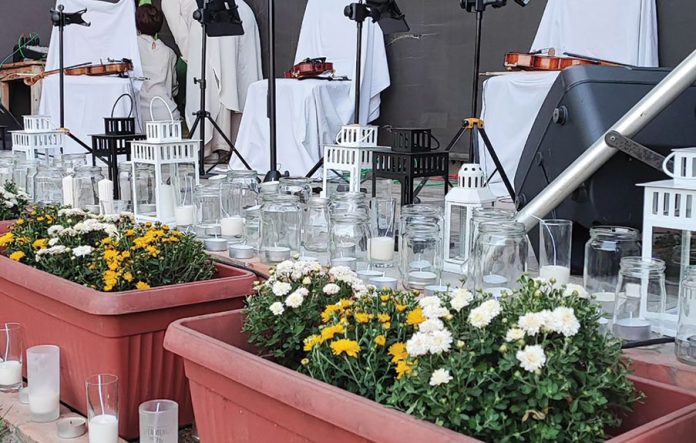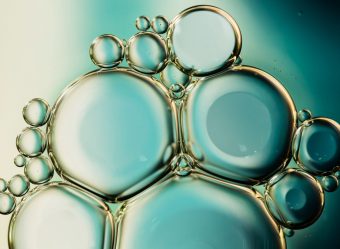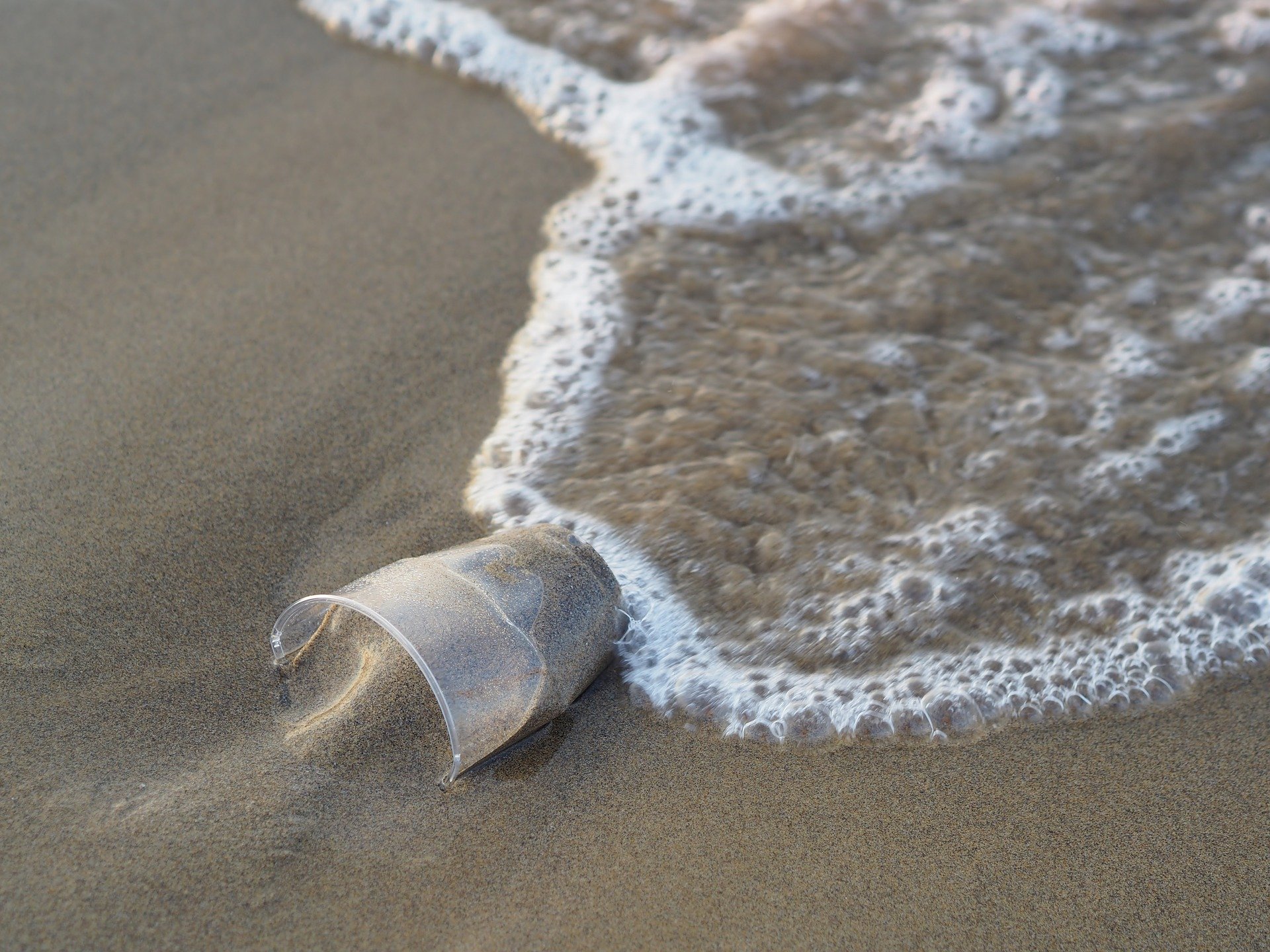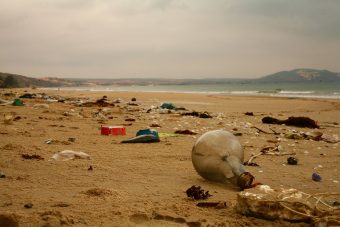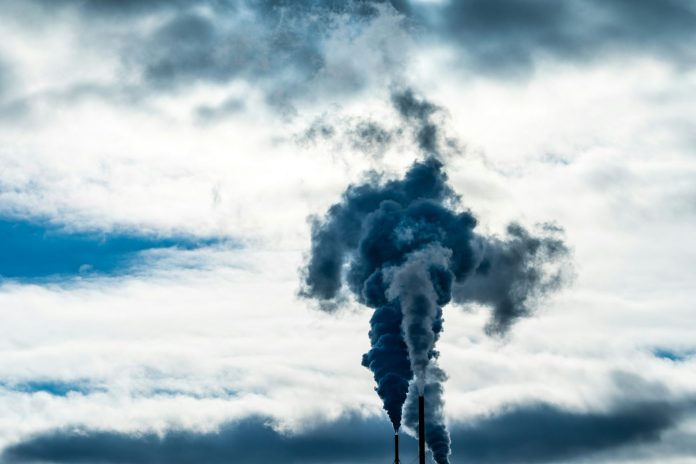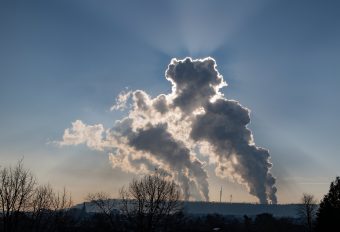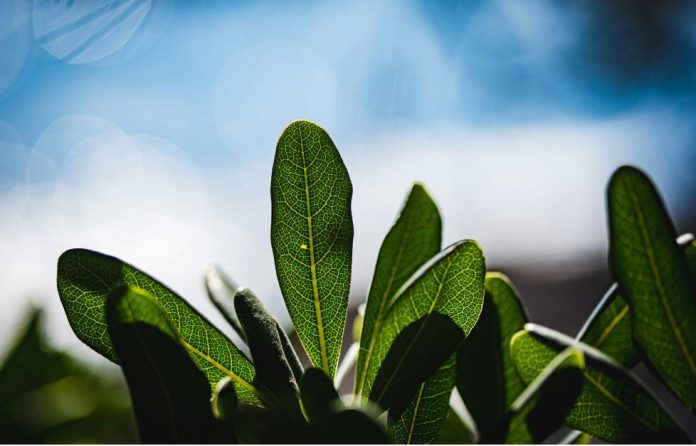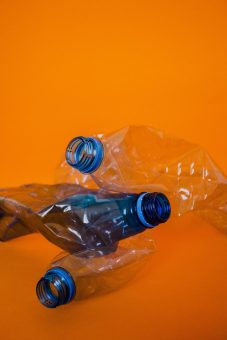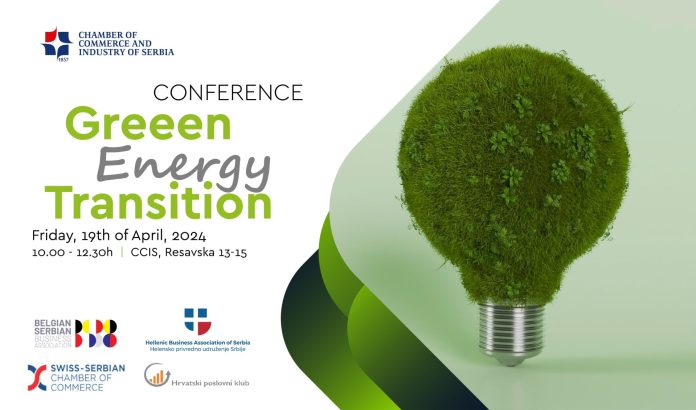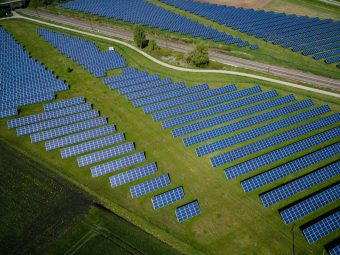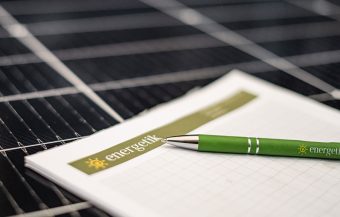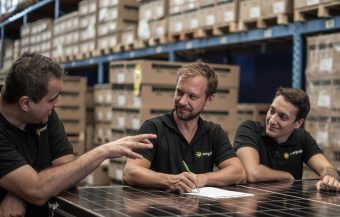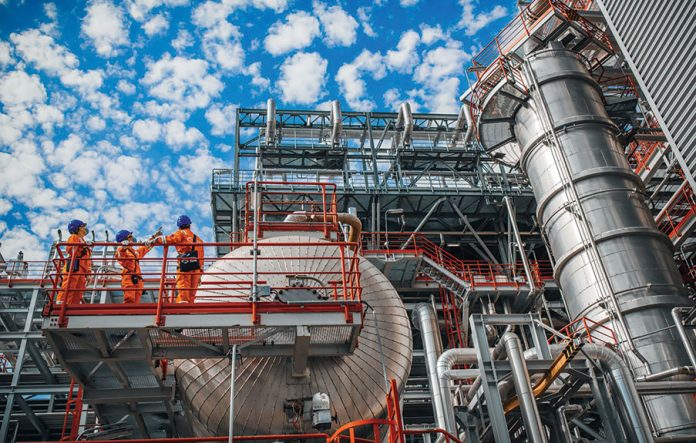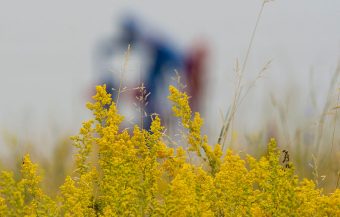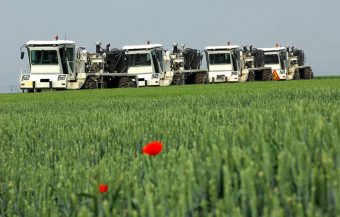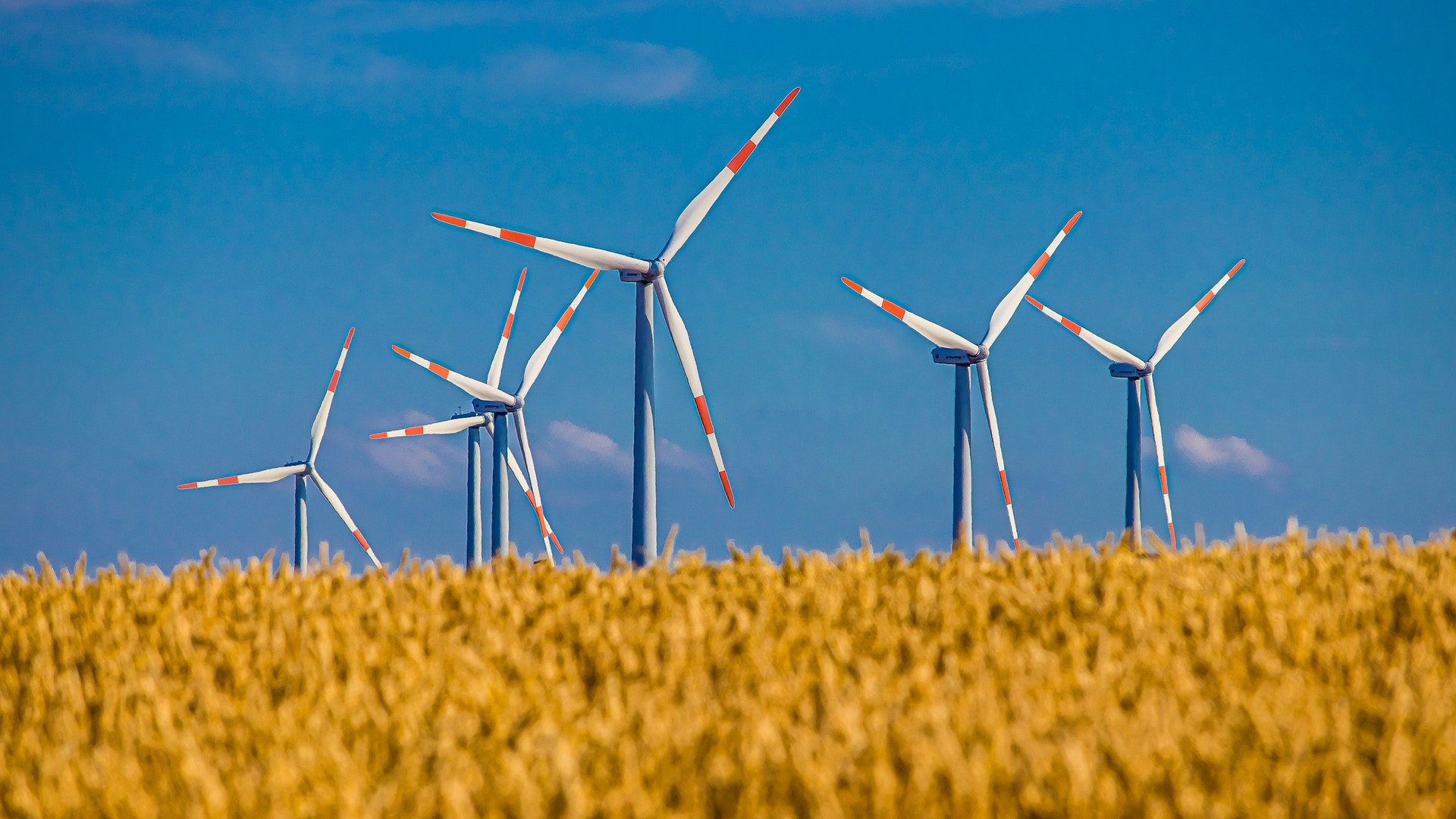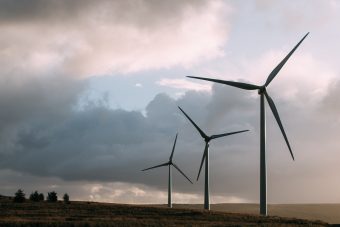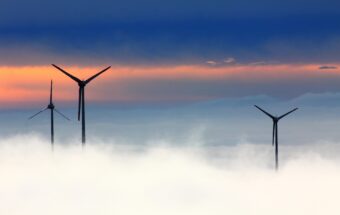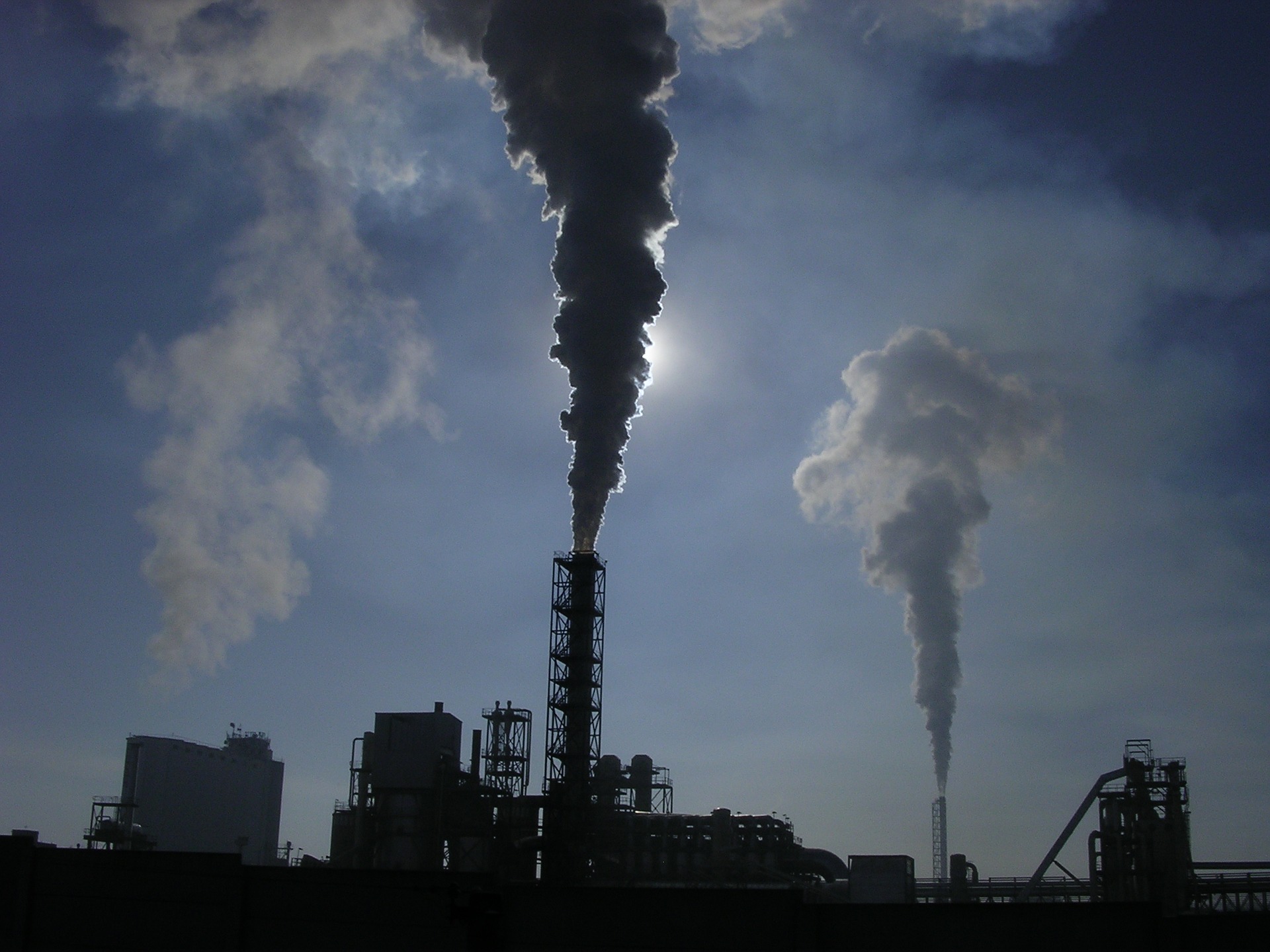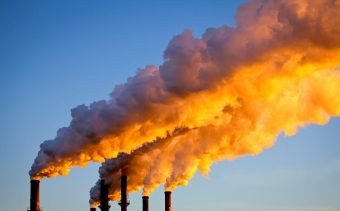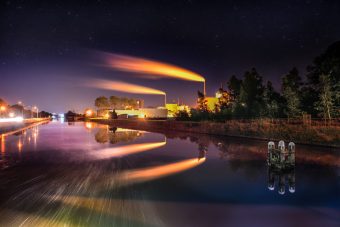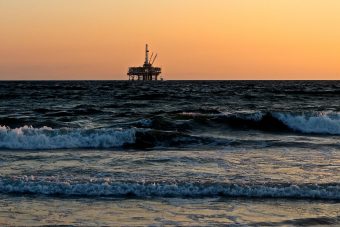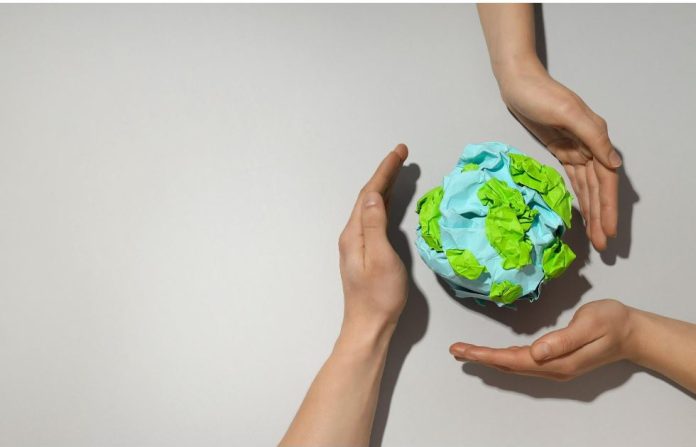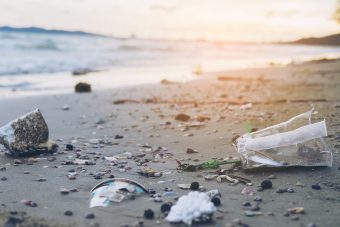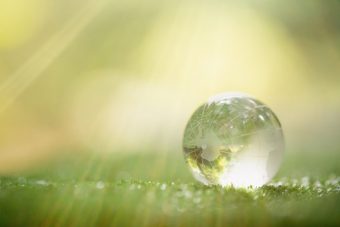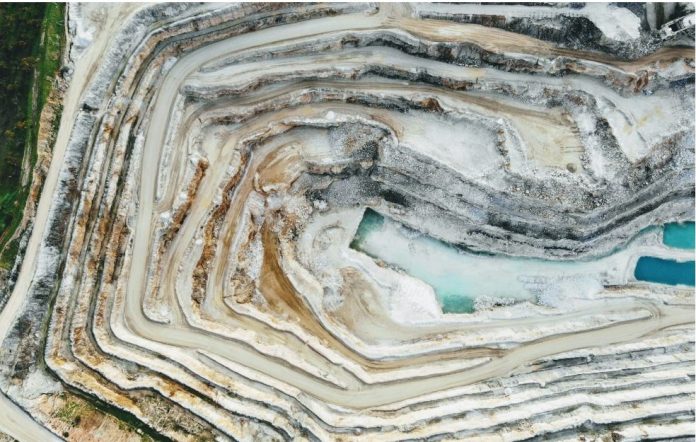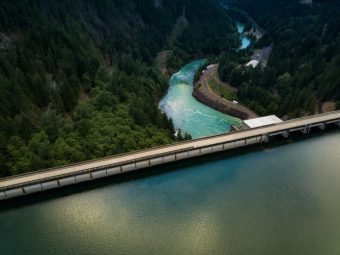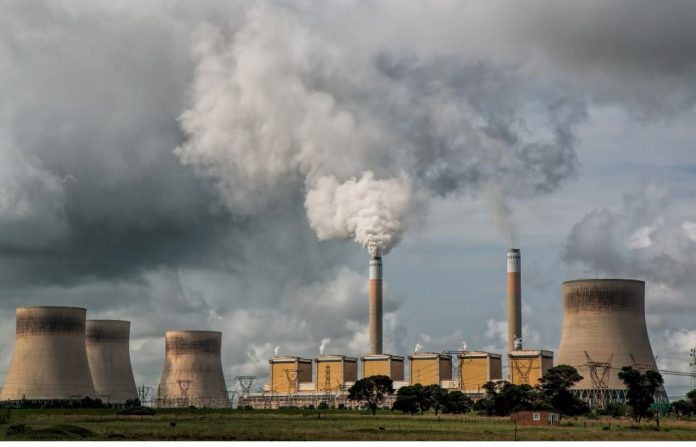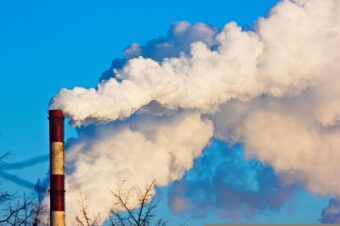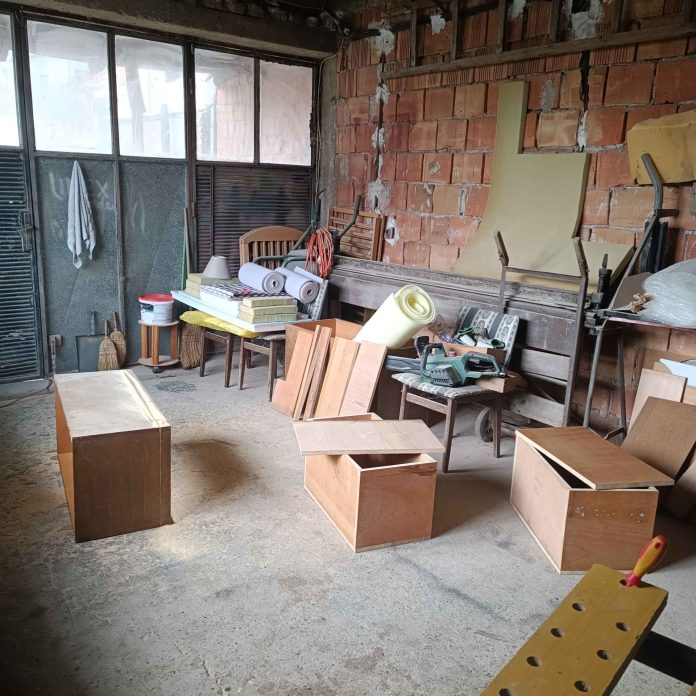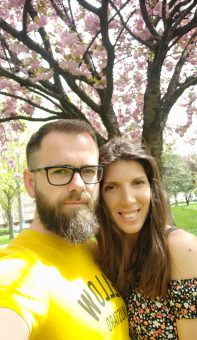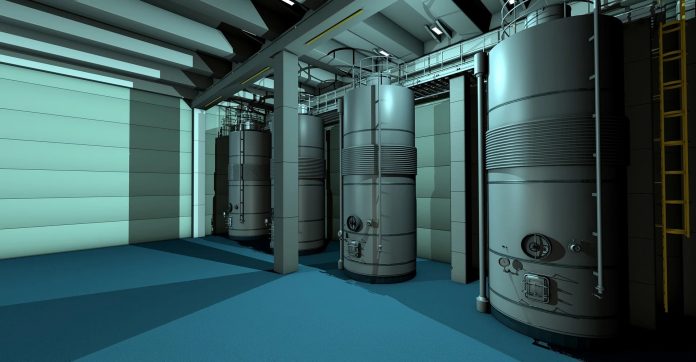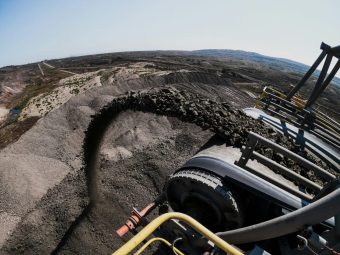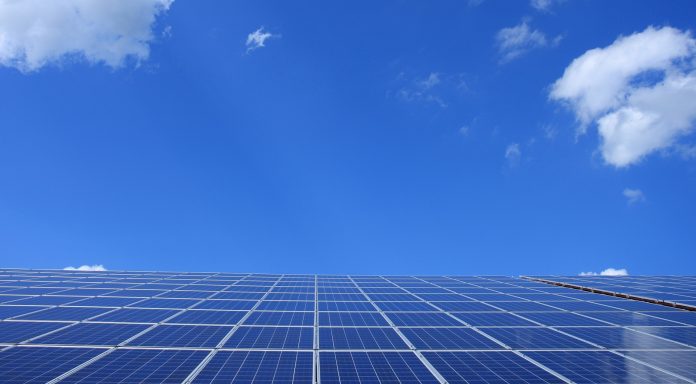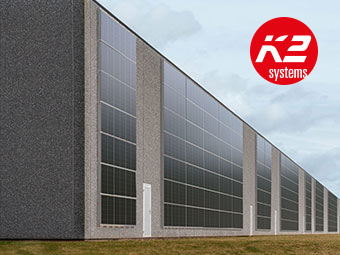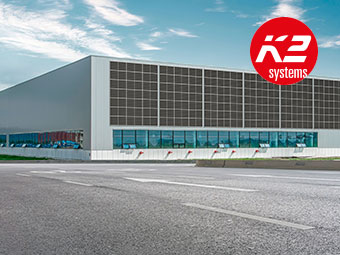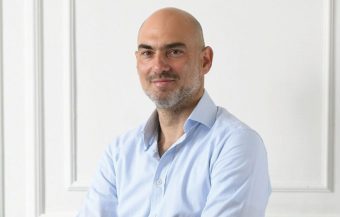
In a Belgrade neighborhood, the so-called Culture Street, there is a completely new and dynamic combination of culture and ecology – the first solar cultural centre in Serbia and beyond, called Eko Dvorištance (Eco-Courtyard).
Located in Borča, this unique space is not an ordinary cultural centre but a smart house with a courtyard and stage rife with innovations, which make it stand out in its technological approach, which all together, make this place exude environmental awareness.
The story of Eko Dvorištance begins with the vision of Nikola Bulj, a passionate advocate of sustainable living and renewable energy, a lover of ecology and organic food. After several years of working at the Organic Live Fest and the Eco-House 2015 project, Nikola decided to merge these two ideas into one and thus create the first self-sustaining cultural centre. He started developing Eko Dvorištance in 2019. Here’s what he told us about his endeavor.
At Eko Dvorištance, people can learn about modern technologies, green energy and sustainable construction, as the centre is mainly made of environmentally friendly materials. Solar panels on the roof and collectors for heating water are part of the infrastructure, while inside the centre is a pellet stove and a heat pump. A solar stage, environmentally friendly toilets and vertical gardens make the space functional and sustainable. Furthermore, the centre offers a charger for electric cars. Each system is at the disposal of visitors eager to learn how they operate and where to buy these devices and systems, given that the centre cooperates withover 50 companies.
IN FOCUS:
- ESG IN THE OIL INDUSTRY – SUSTAINABLE BUSINESS IMPLIES RESPONSIBILITY
- FUNDAMENTAL BUSINESS STRATEGIES TO A FASTER SUSTAINABLE DEVELOPMENT
- GREEN ENERGY AND THE PAST AND FUTURE OF EPS
“We are the first eco showroom in Europe – one place with numerous sustainable systems installed by different companies and applied in one household. Therefore, the centre is an excellent educational opportunity for all those who want to learn how each system works – from pellet heating to car chargers,“ Nikola says.
However, Eko Dvorištance is not only a place of technological innovation. During the summer, various ecological and cultural festivals, concerts and presentations occur here.
“From May to November, Eko Dvorištance is a hub for all sorts of events such as Organic Live Fest, Candle Night, Energy Efficiency Festival, Jazz Kids Fest, as well as blues and classical music concerts, even opera“, explains Nikola.
The next giant leap for Eko Dvorištance will happen in 2024. Namely, Nikola plans to make this space an Ecology Embassy where global cultures meet and share their environmental achievements. The idea is to organize special events in cooperation with the embassies of different countries, where the representatives will promote the culture and environmental achievements of the countries and cities they come from and thus unite the world in a common goal – the preservation of our planet.
Prepared by: Milica Vučković
Read the story in the new issue of the Energy portal Magazine RESPONSIBLE BUSINESS


